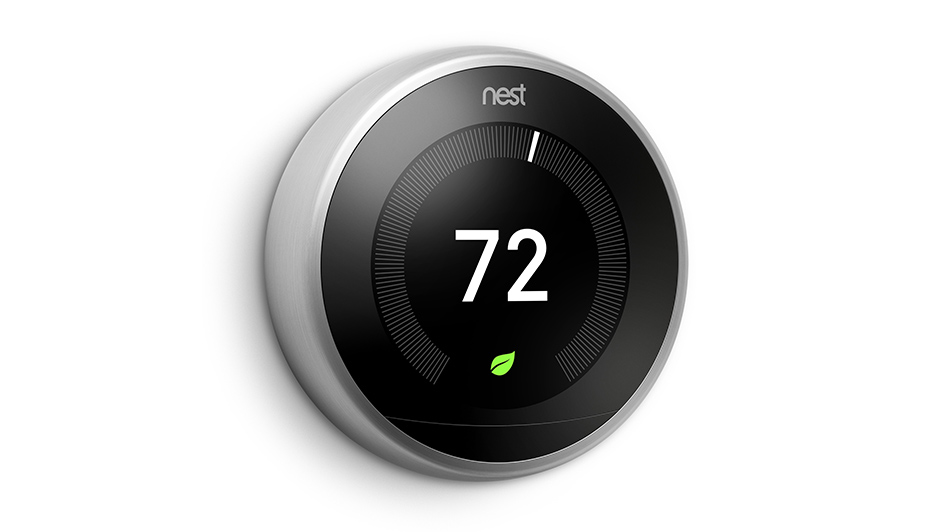
The Nest thermostat is one of the best-selling smart thermostats on the market today. And for good reason. It picks up on your temperature preferences and develops an energy-efficient schedule to match. And through geofencing with your phone, the Nest Learning Thermostat and Nest E are aware of when you’re at your house or gone and can change temps to help you save even more.
The Nest can be used with a vast range of 24-volt heating and cooling systems, but it’s always a smart idea to visit the Nest thermostat compatibility checker before getting one. Don’t forget to contact your energy company for valuable rebates, as you might be able to get a Nest for free or close to it.
Once you’ve confirmed it’s compatible, you can either install it without help or hire a HVAC professional like Central Air LLC. If you’re installing it on your own, you’ll notice a terminal for the C-wire, or common wire. This wire is just used for powering your thermostat. If your home or HVAC system is older, you might not have one of these wires. In the majority of cases, Nest says this isn’t a setback because the thermostat can pull adequate power from other heating and cooling wires.
In some cases, your heating and cooling system may require that C-wire. And here’s why.
Why Your Nest Keeps Losing Power and Other Problems
The Google Nest Thermostat is better than outdated programmable thermostats that have a combination of wiring and AA batteries for power. It has a rechargeable lithium-ion battery and wiring to link to Wi-Fi, power its digital display and turn on your heating and cooling system.
8 Common Nest Thermostat Malfunctions
If it can’t receive ample electricity, Nest says you could run into some of these troubles:
- Bad battery life.
- Thermostat motion sensing won’t work.
- Your thermostat occasionally disconnects from Wi-Fi.
- Your system unexpectedly turns on or off, or won’t turn off.
- Your system is producing odd noises, including chattering, stuttering, clicking or thumping.
- Heating or cooling is short cycling, or constantly turning on and off in a short period of time.
- There is a delay notification on your Nest thermostat’s screen, such as “heating is delayed for 2:30 minutes.”
- The system fan is always working, won’t turn on or turns off and on rapidly in a short period of time.
You may worry something is up with your heating and cooling system, but if you just got the Nest, we suggest you start with your thermostat right away. This is especially pertinent if the weather is mild, and you haven’t been using your heat or air conditioning much.
Our Specialists Can Resolve Nest Thermostat Issues
If you’ve attempted Nest thermostat troubleshooting by yourself but can’t repair the dilemma, a smart thermostat specialist such as one from Central Air LLC can assist you. We can pinpoint the malfunction and add a C-wire, if required.
Smart thermostats such as the Nest are designed to make your life more convenient, with automatic energy-efficient programming and the opportunity to check settings while you’re away from home. It’s a time-consuming experience when yours won’t operate correctly, but our heating and cooling specialists at Central Air LLC can fix the problem quickly.
If you’re experiencing weird heating and cooling behavior with your new Nest, reach out to us at 203-357-5913 to set up your appointment today.
